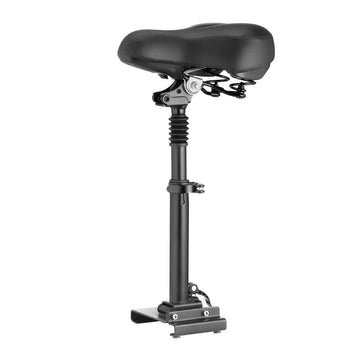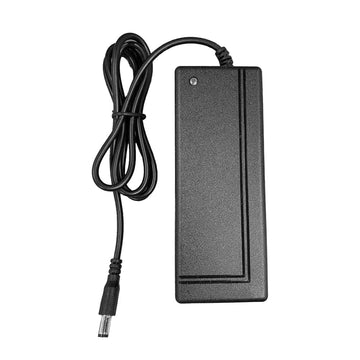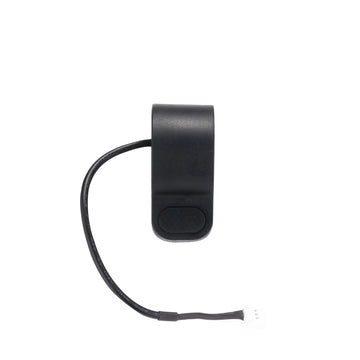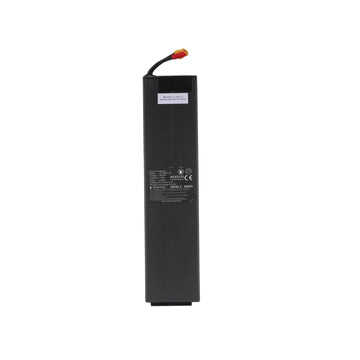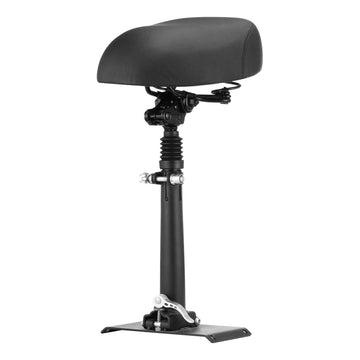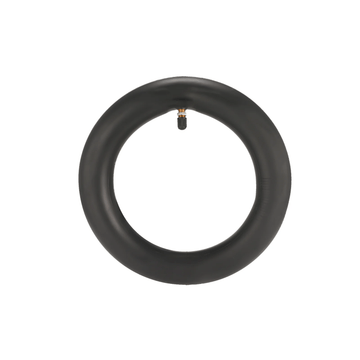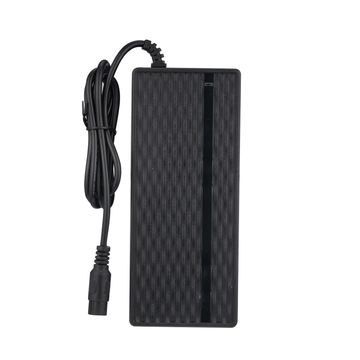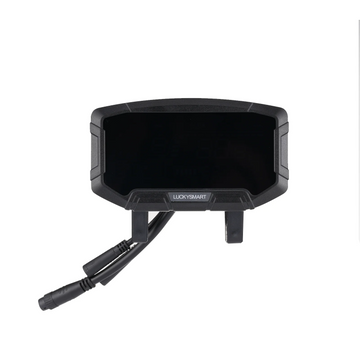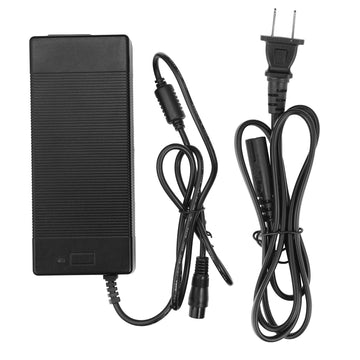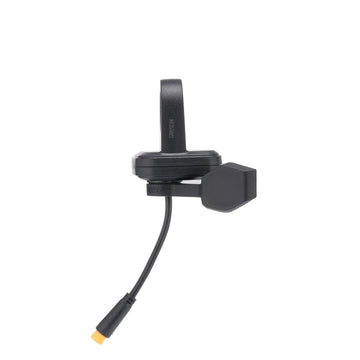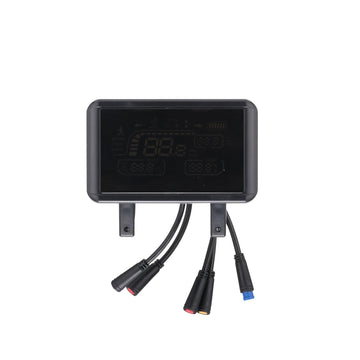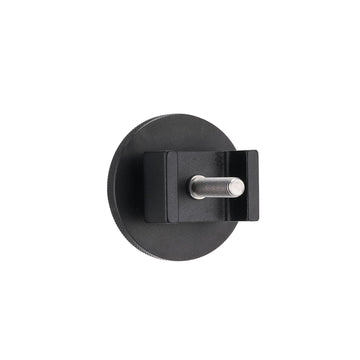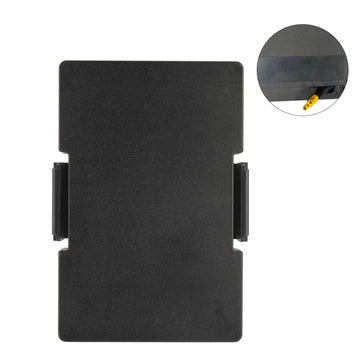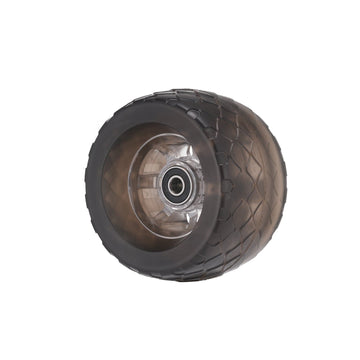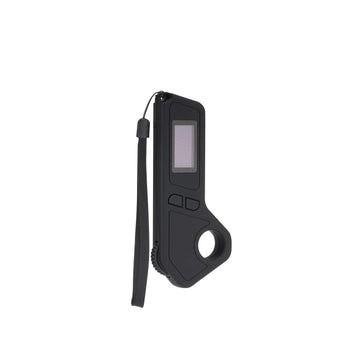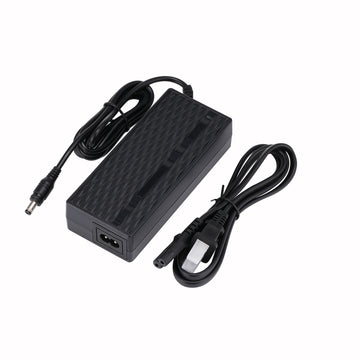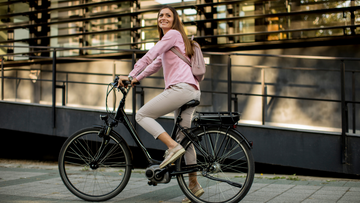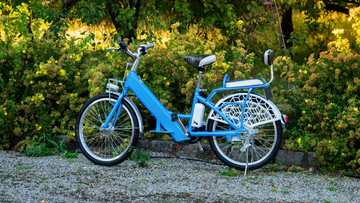Can You Ride an Electric Bike in the Rain? (Safety Tips for Wet Weather)
by Zachary Franklin on Apr 25, 2024

Can you ride an electric bike in the rain without compromising your safety or damaging your ride? This practical question deserves a clear answer, and we're here to provide just that.
Navigating through a downpour on two wheels powered by electricity might raise concerns about safety and equipment integrity. In this blog, we'll cut through the uncertainty like a tire through a puddle, offering you straightforward advice on how to safely cycle your eBike in rainy conditions. We'll also share essential maintenance tips to protect your investment from the elements.
Keep reading to ensure that wet weather never dampens your electric biking spirit!
Cruise in comfort and style on one of our electric cruiser bikes, combining a relaxed riding posture with smooth electric assist for the ultimate laid-back biking experience.
Understanding Electric Bike Water Resistance

When it comes to riding an electric bike in the rain, one of the most important things you need to consider is the water resistance of your bike. Understanding electric bike water resistance can help you make informed decisions about when and how to ride your e-bike in wet conditions.
IP Rating and Ingress Protection
The Ingress Protection (IP) rating system is a formal rating system that classifies the performance of electric bikes in the rain. Developed by the International Electrotechnical Commission (IEC), the IP rating system uses a simple letter/number combination to indicate the level of protection provided by an electric bike against the ingress of water and other foreign bodies.
The first digit in the IP rating refers to the level of protection against solid objects, while the second digit refers to the level of protection against liquids. The higher the IP rating, the more resistant the bike is to water. If your electric bike has an IP rating below IP55, it should not be ridden in permanent rain. However, if your electric bike has an IP rating of IPX5 or higher, you can ride it in the rain with confidence.
It’s also important to be cautious when riding an electric bike in the rain. Wet roads can be slippery, so you should reduce your speed and avoid sudden movements. Additionally, you should avoid riding in standing water or deep puddles, as this can damage the electronics on your electric bike. By taking these precautions, you can safely enjoy riding your electric bike in the rain.
Electric Components and Waterproofing
Electric bikes have various components that need to be protected against moisture and water damage. These include the battery, motor, controller, and wiring. To ensure that these components are protected against moisture, e-bike manufacturers use various methods such as sealing, waterproofing, and moisture-resistant materials.
Pre-Ride Safety Checks and Preparations

Before riding your electric bike in the rain, it is important to perform a pre-ride safety check to ensure your safety and the longevity of your bike. Here are some key areas to inspect before hitting the road.
Inspecting Tires and Brakes
Inspecting your tires and brakes is crucial, especially when riding an electric bike in the rain. Wet conditions can affect the traction of your tires and the stopping power of your brakes. Make sure your tires have enough tread depth and are properly inflated to the recommended pressure. Check your brake pads for wear and replace them if necessary. It is also important to brake early and gradually to avoid skidding on wet surfaces.
Battery Care and Maintenance
Electric bike batteries are designed to be water-resistant, but it is still important to take precautions when riding in the rain. Make sure your battery is fully charged before your ride and avoid overcharging it. After your ride, dry off your battery with a cloth and store it in a dry place. Avoid exposing your battery to extreme temperatures and always use the charger that came with your bike.
Visibility and Lights
Riding in the rain can reduce visibility for both you and other drivers on the road. To increase your visibility, wear bright or reflective clothing and make sure your bike has proper lighting. Check your headlights, taillights, and turn signals to ensure they are working properly. It is also a good idea to clean your bike’s lights before your ride to remove any dirt or debris that may have accumulated.
Riding Techniques for Wet Conditions
When it comes to riding your electric bike in the rain, there are a few things you should keep in mind to ensure a safe and enjoyable experience. Here are some tips on how to handle wet conditions on your e-bike.
Braking and Cornering
Braking and cornering are two of the most important aspects of riding in wet conditions. The key to braking safely in the rain is to brake early and gradually. Sudden braking can cause your wheels to lock up and skid, which can be dangerous. When approaching a corner, make sure to slow down gradually and choose a line that allows you to turn without leaning. Avoid leaning into corners or riding up gutters and driveways on an angle, as this can cause your wheels to slip out from under you.
Dealing with Puddles and Slippery Surfaces
Puddles and slippery surfaces can be a real hazard when riding in the rain. The best way to deal with them is to avoid them altogether. If you can’t avoid a puddle, try to ride through it as straight as possible, without turning or braking. This will help you maintain your balance and avoid slipping. When riding on slippery surfaces, such as wet leaves or gravel, make sure to keep your speed down and your weight centered over the bike. This will help you maintain traction and avoid slipping.
Answer the call of the wild with our off-road electric bikes, built tough to handle the demands of the trail while offering eco-friendly thrills off the beaten path.
Protective Gear and Clothing
When riding an electric bike in the rain, it is important to wear the right protective gear and clothing to ensure your safety and comfort. In this section, we will discuss the weatherproof apparel and additional accessories you should consider when riding your e-bike in wet conditions.
Weatherproof Apparel
Wearing weatherproof clothing is crucial when riding an electric bike in the rain. Here are some items you should consider:
- Rain Pants: These will keep your legs dry and warm, making your ride more comfortable.
- Waterproof Shoes: Your feet are likely to get wet when riding in the rain, so invest in a pair of waterproof shoes to keep your feet dry and prevent slipping.
- Weatherproof Jacket: A high-quality weatherproof jacket will keep you dry and warm, preventing hypothermia and other cold-related issues.
- Gloves: Wear gloves that are waterproof and insulated to keep your hands warm and dry.
Additional Accessories
In addition to weatherproof apparel, you can also consider the following accessories to make your ride more comfortable and safe:
- Fenders: Fenders are essential when riding in the rain as they prevent water from splashing onto your clothes and face.
- Bike Helmet: Always wear a bike helmet when riding an electric bike, even in the rain. A helmet will protect your head in case of an accident.
- Gear: Make sure your bike’s gear is working properly before riding in the rain. This will ensure you can change gears easily and prevent any mechanical issues.
Post-Ride Maintenance
After riding your electric bike in the rain, it’s important to perform some post-ride maintenance to keep it in good condition. Here are some tips to help you take care of your e-bike:
Clean Your Bike
Cleaning your bike after a rainy ride is essential to prevent rust and corrosion. Use a soft cloth or sponge to wipe down the frame, wheels, and other parts of the bike. You can also use a mild soap solution to remove any dirt or grime. Be sure to dry your bike thoroughly with a towel to prevent water from pooling in the frame or other components.
Check Your Drivetrain
Rainwater can wash away lubricants from your bike’s drivetrain, causing it to rust and wear out faster. After every rainy ride, check your chain, gears, and other drivetrain components for signs of wear and tear. If you notice any rust or corrosion, clean and lubricate the affected parts as soon as possible.
Inspect Your Electrical Components
Electric bikes have sensitive electrical components that can be damaged by water. After a rainy ride, check your battery, motor, and other electrical components for signs of water damage. If you notice any moisture or corrosion, dry the affected parts thoroughly and store your bike in a dry place until they are completely dry.
Take Care of Your Battery
Rainwater can also affect your e-bike’s battery life and performance. After a rainy ride, remove your battery and dry it off with a soft cloth. Avoid charging your battery until it is completely dry, as this can cause damage to the battery cells. Store your battery in a dry place until you are ready to use it again.
Discover the convenience of our folding e-bikes, the perfect solution for commuters and adventurers alike with their space-saving design and effortless transportability.
Conclusion
Riding your electric bike in the rain is more than feasible; it's a matter of preparation and understanding your eBike's capabilities. With the right gear, maintenance know-how, and a cautious approach, wet weather needn't stop your two-wheeled adventures. Always prioritize safety by ensuring your eBike is weather-ready and by adhering to best practices for rainy rides. Remember, water-resistant doesn't mean waterproof, so keep an eye on the limits of your equipment and don't hesitate to pull over when conditions worsen. By respecting both your own limits and those of your eBike, you can enjoy the freedom of riding, come rain or shine.
Ready to gear up for any weather? Explore our range of resilient and reliable electric bikes at our Electric Bicycle Collection. Find the perfect ride that suits your all-weather cycling needs and keep your wheels turning no matter what the forecast says. Browse our selection and ride confidently into any weather conditions your journey may bring. Stay dry, stay safe, and keep pedaling forward – even when the skies open up.
Frequently Asked Questions
Are electric bikes good in the rain?
Yes, electric bikes are designed to be ridden in various weather conditions, including rain. Most e-bikes are water-resistant, but not all of them are waterproof. It’s important to check the IP rating of your e-bike before riding it in the rain. An e-bike with an IP rating of at least 55 can be ridden in the rain without any issues.
Can you leave an electric bike out in the rain?
It’s not recommended to leave your e-bike out in the rain for extended periods as water can damage the electrical components and battery. If you must leave your e-bike outside, make sure to protect it with a waterproof cover.
Are e-bikes fully waterproof?
No, e-bikes are not fully waterproof. Most e-bikes are designed to be water-resistant, but not all of them are waterproof. It’s important to check the IP rating of your e-bike before riding it in the rain.
Can you ride an electric bike in a thunderstorm?
No, it’s not recommended to ride your e-bike in a thunderstorm as it can be dangerous. Lightning can strike your e-bike and cause serious damage to the electrical components and battery. It’s best to wait until the storm has passed before riding your e-bike.
Are electric bikes ok in snow?
Yes, electric bikes can be ridden in snow, but it’s important to be cautious as the wheels may slip on icy surfaces. It’s recommended to use winter tires with good traction and to ride at a slower speed.
How do I protect my ebike battery from rain?
To protect your e-bike battery from rain, make sure it's properly sealed and protected from water. You can also use a waterproof cover to protect your e-bike and battery from rain. Avoid submerging your e-bike in water or riding through deep puddles to prevent damage to the battery and electrical components.
























